Cotton Candy Fern
Original price was: ₹450.00.₹179.00Current price is: ₹179.00.
Out of stock
Email when stock available
Size: Single Plant | Nursery Pot Included
- Common name: Cotton Candy fern, Fluffy Ruffle fern, Suzi Wong fern
- Scientific name: Nephrolepis Exaltata ‘Smithii’
- Family: Lomariopsidaceae
- Genus: Sword fern
- Origin: Tropical forests and swamps
- Zones: USDA Zones 9-11
- Growth habit: Upright, can grow up to 2–3 feet tall
- Life cycle habit: Perennial
- Care level: Easy
- Characteristics:
- Frond: Soft, vibrant, fluffy fronds that outwards as they grow.
- Shape: Grow in the shape of the rosette.
- Flowers: Ferns are plants that do not produce flowers or seeds.
- Mature specimen reproduce sexually from spores on the underside of the leaves.
- Growing: Indoors, hanging baskets, outdoors in large containers
- Toxicity: Cotton Candy fern is non-toxic and pet-friendly. Thus, you don’t have to fret when your kids or pets accidentally eat the fern.
8 Essential Factors To Consider When Caring Of Cotton Candy Fern
Although a Cotton Candy fern is generally low-maintenance and easy to maintain indoors, it requires appropriate lighting, water, humidity, and several essential factors to ensure its health and luscious green fronds year-round.
So, delve deeper into the complete guide below to learn some practical tips for caring for your Cotton Candy fern.
However, note that the recommendations can be personalized depending on the area where you live and the plant’s requirements.
1. Soil
Cotton Candy fern requires retentive moisture soil but should not submerge in water. Poorly drained soil can lead to root rot, causing the plant to die. Therefore, the plant has desirable demands for its substrate.
- Covered in a thick layer of humus
- Good drainage
- pH level: Slight acidic
- Sufficient nutrient content
- Water-permeable
Hence, you can use conventional potting soil or mix up your recipe using 1 part peat moss, 1 part coarse or builder sand, and 1 part garden topsoil.
2. Lighting
Although this kind of fern thrives in nature with semi-shade or even in the shadow of trees, it flourishes in bright, indirect sunlight when growing indoors.
Therefore, it is ideal for placing the plant in an area that receives indirect morning sun, particularly the East or West window. Also, partial shade in the afternoon is suggested for the plant to avoid burning the fronds.
Besides, you can either use sheer curtains on the window or blinds to control the amount of sunlight touching the plant.
3. Temperature
Cotton Candy fern prefers mild temperatures ranging from 60 and 80 degrees Fahrenheit. Hence, it cannot tolerate freezing temperatures or scorching climates. Temperatures rising above 95 °F can burn the fronds, while temperatures below 35 °F can stunt the plant’s growth.
Noteworthy, avoid sudden temperature changes from air conditioning, drafts, cold breezes, or heaters.
4. Humidity
High humidity is a critical factor for the development of Cotton Candy fern. It grows best in humidity levels above 80%. Thus, it grows well in the kitchen or bathroom.
If the plant is dealing with low humidity in your house, its fronds may develop brown edges and tips. But don’t fret. Try some hassle-free tips below to combat the effects of dry air and naturally raise the humidity levels for the houseplant.
- Humidifier: It is significantly essential to add extra humidity around the plant.
- Mist: Regularly misting the plant, especially during the beginning of the winter season, to naturally bring the moisture back into the plant.
- Group the plants: Arrange several plants in a group to create a microclimate effect of humidity through a transpiration process.
- Pebble tray: Use a clean tray and fill the tray with enough water and pebbles. Then, place the plant pot in the pebbles. But remember not to let the pot submerge in water or else it will end up in root rot.
5. Watering
When the soil shows a sign of drying out, the fern’s foliages can turn yellow and droop. Hence, it is vital to keep the soil moist by watering the plant frequently.
The plant often requires plenty of water to remain damp in the summertime. But make sure to drain excess water as continuous waterlogging can lead to root rot. On the other hand, you can reduce watering during the fall and winter months as the fern is not actively growing and needs a break.
6. Fertilizer
It’s unnecessary to provide additional fertilizers for a new potted fern during the first year because fresh substrate can contain adequate nutrients for the plant to flourish.
The ideal time to feed the fern is from the spring to early fall as this is its active growing season. Add fertilizer to the fern with a 15-5-15 (nitrogen, phosphates, potassium) once every four weeks. No fertilization is needed in the late falls and winter months.
7. Propagation
Like other ferns, Cotton Candy fern can be propagated flawlessly by several methods, preferably in early spring when the plant has new growth.
Only logged in customers who have purchased this product may leave a review.

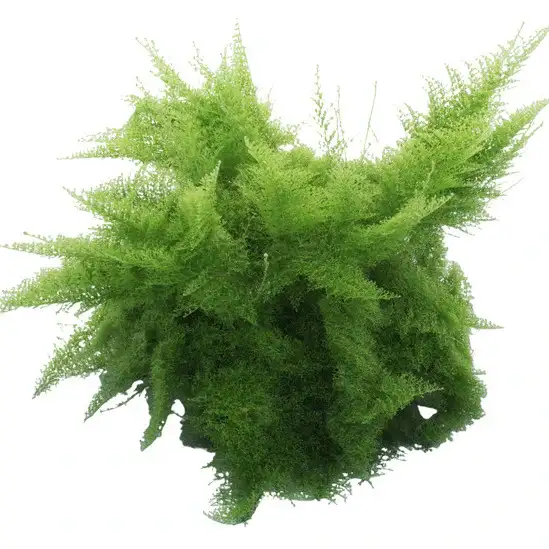
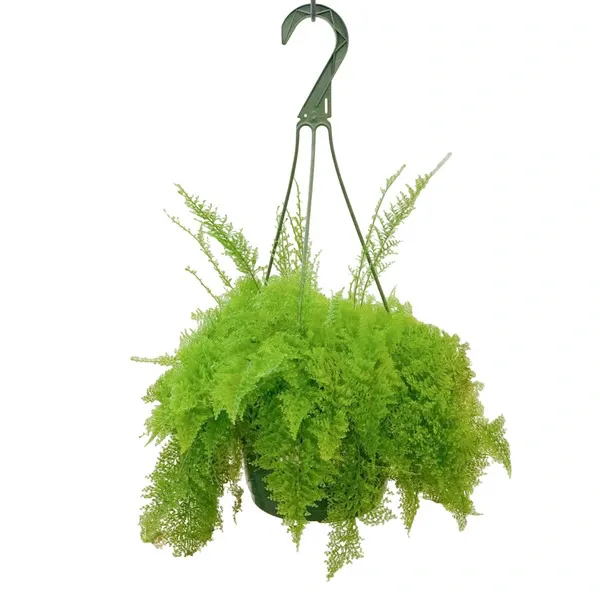
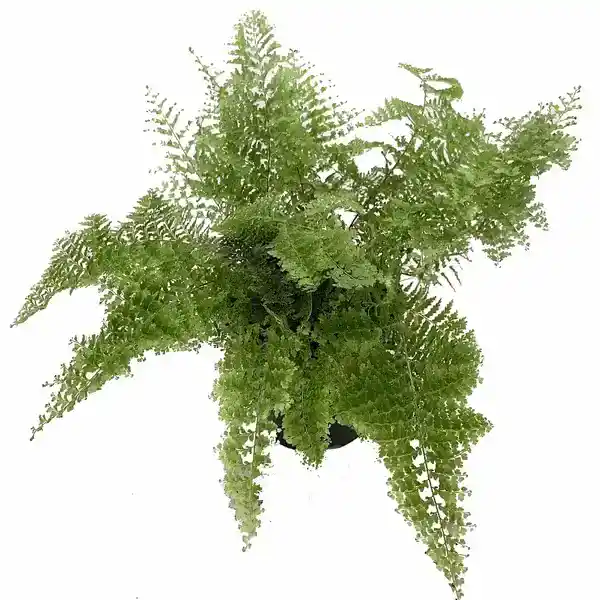

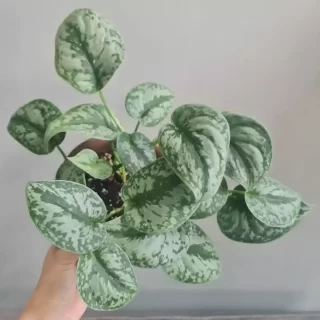
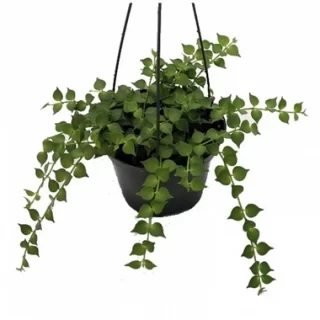


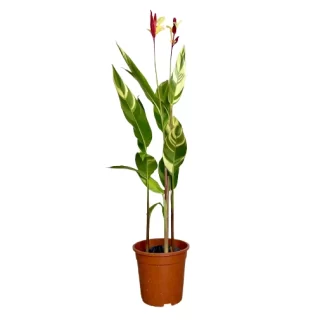
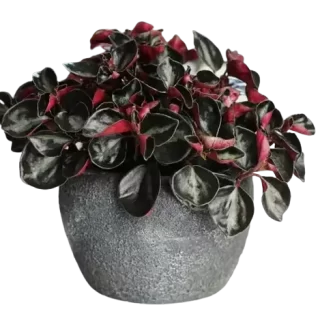
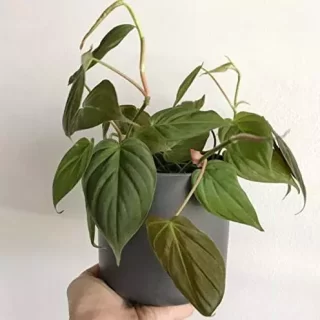
 If you need any assistance, I'm always here. Have you found what you were looking for?
If you need any assistance, I'm always here. Have you found what you were looking for?
Reviews
There are no reviews yet.